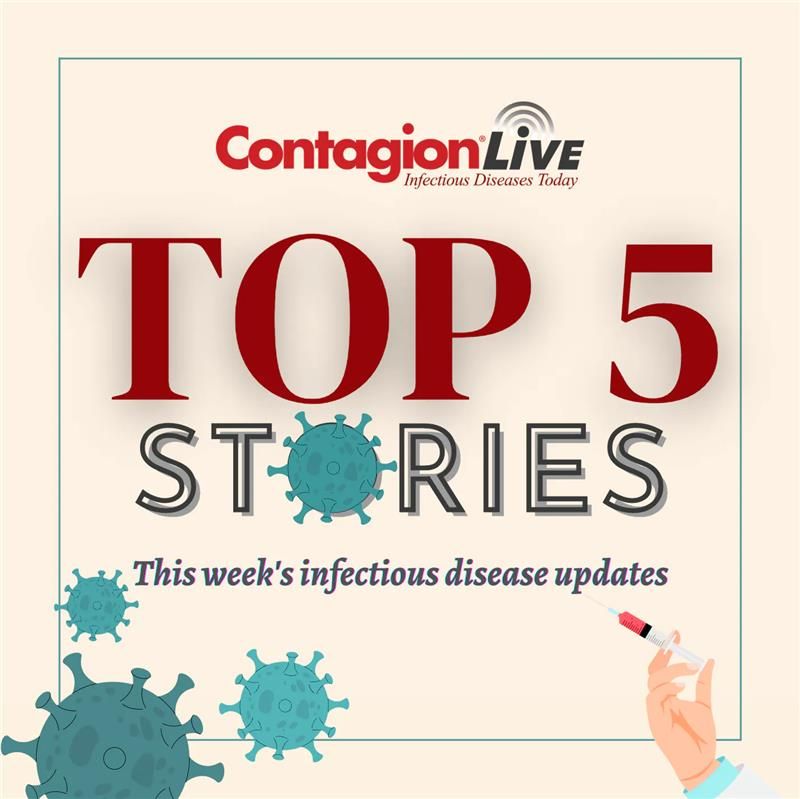Healthcare Workers Who Received Additional Vaccine Dose Had Lower Odds of Symptoms at 6 Weeks
A recent study found that healthcare workers (HCWs) experienced a 45% reduction in ongoing COVID-19 symptoms weeks later after receiving subsequent doses of the original monovalent vaccine. During the early Omicron period, high rates of severe infections, hospitalizations, and mortality were prevalent, placing HCWs at increased risk due to their close proximity to infected patients.
Determining If the Patient’s Infection is Bacterial or Viral
A new test, the MeMed BV test, aims to quickly differentiate between bacterial and viral infections, providing crucial diagnostic information to clinicians within 15 minutes. This addresses the ongoing challenge of distinguishing between the two types of infections, which often present similarly and require timely intervention. Previously, clinicians frequently prescribed broad-spectrum antibiotics while awaiting results, but the MeMed BV test, which received FDA 510(k) clearance and the European CE Mark last year, streamlines the process for more efficient antimicrobial prescribing.
CDC: 10 Deaths Associated With US Listeria Outbreak
The CDC has reported 59 cases of listeriosis and 10 deaths across 19 states, urging vulnerable populations to avoid deli meats, particularly Boar’s Head liverwurst. As of September 25, 2024, there have been two additional illnesses and one death since the last update in August, with all affected individuals hospitalized. Cases have been identified in states like New Jersey and New York, and the actual number of sick individuals is likely higher due to underreporting.
Vaxart Initiates Phase 2b Study of Oral COVID-19 Vaccine
In Part 1 of his interview, James F. Cummings, MD, discusses the goals of Vaxart’s Phase 2b clinical trial, which aims to evaluate the safety, immunogenicity, and efficacy of its oral COVID-19 vaccine compared to an approved mRNA vaccine. The trial, valued at up to $456 million under Project NextGen, seeks to address ongoing COVID-19 challenges by assessing efficacy against symptomatic and asymptomatic cases, immune responses, and adverse events. The primary focus will be on the vaccine’s ability to prevent symptomatic disease, with results expected 12 months after vaccination. Cummings highlights the vaccine’s potential to generate mucosal immunity, along with its logistical advantages and ease of administration.
C diff Treatment: Fidaxomicin’s Rise as The Preferred Therapy Post-IDSA Guidelines
A recent study published in Open Forum Infectious Diseases demonstrates the advantages of fidaxomicin over vancomycin in treating Clostridioides difficile infection (CDI). The 2021 update to the Infectious Diseases Society of America (IDSA) guidelines recommended fidaxomicin as the preferred treatment. An analysis of 45,049 hospitalized CDI patients across 779 U.S. hospitals revealed that fidaxomicin resulted in a lower recurrence rate (6.1% compared to 10.2%) and a higher sustained clinical response (91.7% versus 87.8%) when compared to vancomycin, with both differences being statistically significant (P < .001).







